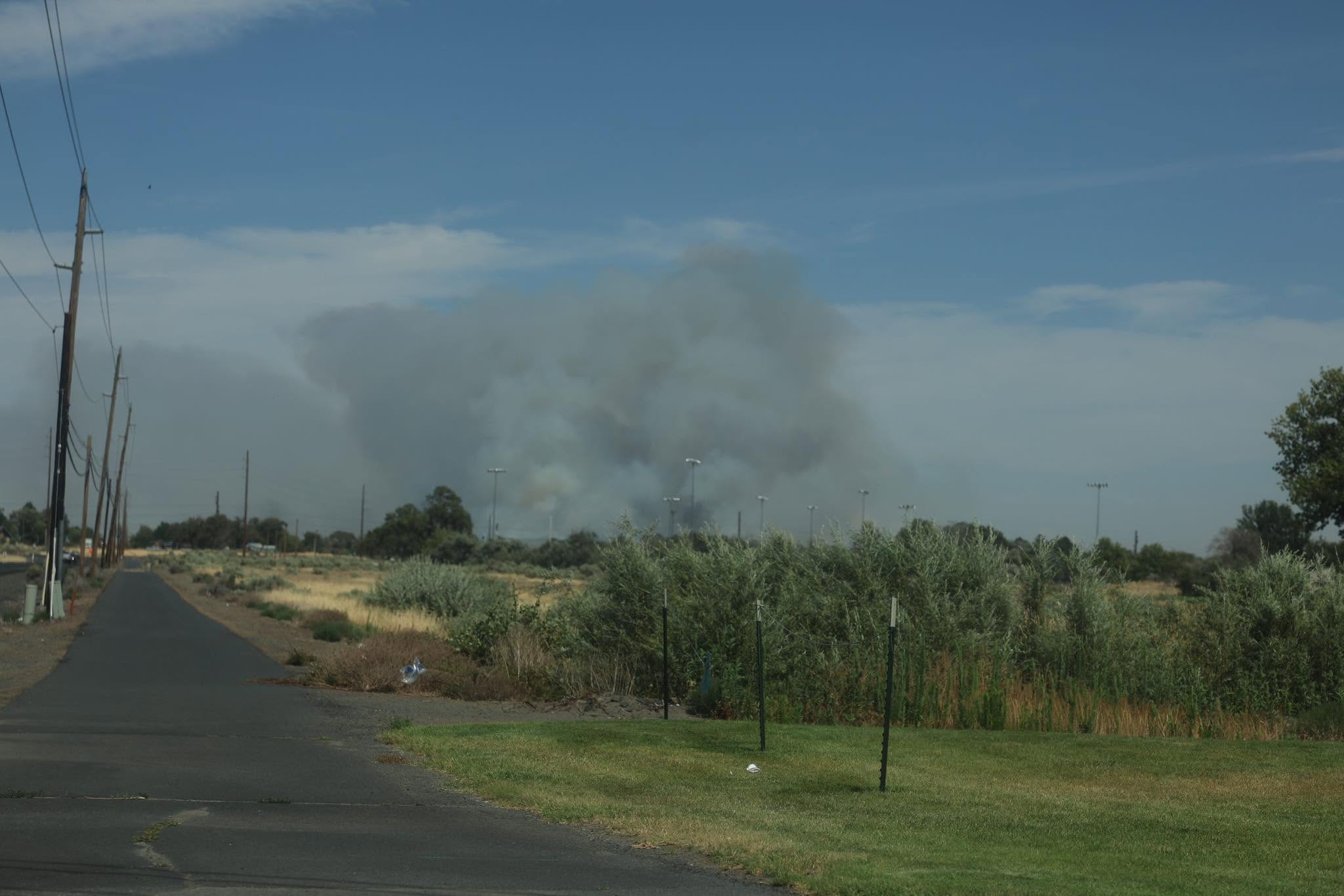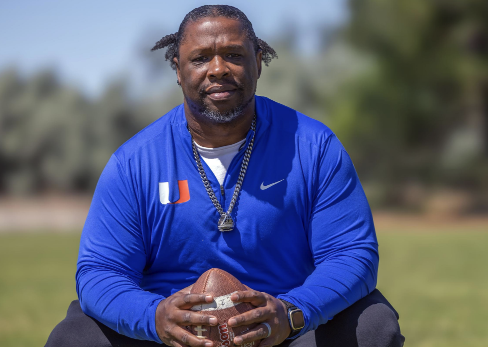Survey finds Oregonians’ urban/rural, young/elderly split on COVID-19 school relief
Published 9:00 am Monday, May 24, 2021

- Pendleton High School students walk between classes during a passing period early in the 2019-20 school year. A statewide survey conducted in early May shows Oregonians have a similar urban/rural split on how school districts should spend millions of COVID-19 relief dollars from three aid packages passed by U.S. Congress since the spring of 2020.
SALEM — Politically, Oregon has a clear divide between its urban and rural residents.
A statewide survey conducted in early May shows Oregonians have a similar urban/rural split on how school districts should spend millions of COVID-19 relief dollars from three aid packages passed by U.S. Congress since the spring of 2020.
There are also divides in what young and elderly Oregonians prioritize for education funding.
The survey was conducted by the nonprofit, nonpartisan polling organization Oregon Values and Beliefs Center from May 4-10, according to a press release from the group.
When asked if state and local school leaders should emphasize spending COVID-19 relief dollars to help low-income students and students of color, 54% of all respondents answered “yes,” compared to 28% who said “no” and 18% who were undecided.
About 60% of urban and suburban Oregonians each answered “yes,” compared to only 42% of rural residents.
There was a similar divide between respondents from the Portland area and non-Willamette Valley residents.
There were also some differences among age groups — younger respondents were more likely to support increased funding for low-income and nonwhite students — but the gap wasn’t as large. The majority of all age groups answered “yes,” as well as both white and nonwhite respondents.
The split between urban/rural and young/old respondents was even more pronounced when asked which educational programs should be prioritized when spending COVID-19 relief dollars.
Overall, the most popular choice among the 14 options was mental health counseling — 62% of all respondents listed it as one of their top three priorities.
However, there is an extreme divide between younger and older respondents: 82% of those ages 18-29 had mental health counseling as a top-three priority, compared to only 38% of those age 65 and older.
Younger respondents also had a much stronger desire for funding for mentoring and tutoring.
Meanwhile, older respondents’ most popular priority, with 51% putting it in their top three, was increased funding toward vocational and job training. Only 17% of 18-29 year olds agreed.
Both urban and rural Oregonians showed strong support for increased funding for mental health counseling. Those two groups’ largest gap came in support for vocational and job training: That’s something 41% of rural residents had in their top three priorities, compared to only 27% of urban residents.
The survey also included open-ended questions about how school districts should spend COVID-19 relief dollars. The responses varied wildly, even among Central Oregonians.
Many said that school staff, particularly those with lower paychecks, should get salary bumps.
“Raise the salaries of teachers but not administration,” said an unnamed Democrat resident of urban Deschutes County.
Others didn’t love the idea of schools getting any COVID-19 relief funds.
“The schools have gotten excessive funding and they don’t do anything to provide for the teachers they just add more schools,” wrote Melissa Aspell, a suburban Deschutes County resident and member of the Independent Party.
The nonprofit spoke with 918 Oregon residents ages 18 and up, and those surveyed came from various backgrounds.
There was a mix of wealthy and poor; high school diplomas and graduate degrees; Democrats, Republicans, Independents.
However, there were a few demographics that were more heavily represented.
Three-quarters of respondents said they did not have school-age children in their households. More than 90% of respondents identified as white or Caucasian, and only about 75% of Oregon is solely white, according to the U.S. Census.
And 72% of respondents either lived in the Portland metro area or Willamette Valley. However, that might be proportionate — the tri-county Portland area alone accounts for nearly 45% of Oregon’s population.
The Oregon Values and Beliefs Center is committed to the highest level of public opinion research. To obtain that, the non-profit is building the largest online research panel of Oregonians in history to ensure that all voices are represented in discussions of public policy in a valid and statistically reliable way.
Selected panelists earn points for their participation, which can be redeemed for cash or donated to a charity. To learn more, visit oregonvbc.org.









